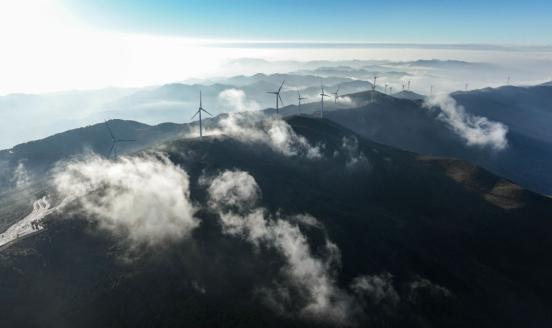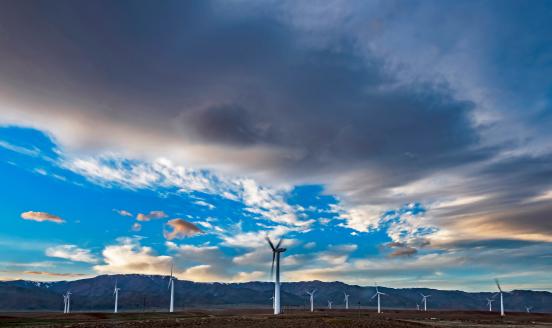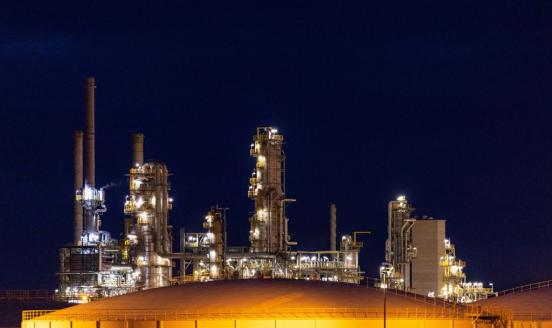Distributional effects of climate policies
How do we design climate policies to minimize adverse distributional effects?
Speakers
Georg Zachmann
Senior fellow
Gustav Fredriksson
PhD Candidate at ETH Zürich in Energy & Environmental Economics,
Elena Jachia
Director of Environment Area, Fondazione Cariplo,
Elena Verdolini
Senior Scientist, European Institute on Economics and the Environment (EIEE),
VIDEO RECORDING
SUMMARY
To limit the global temperature increase to well below 2°C, mankind needs to stabilize the concentration of greenhouse gases in the atmosphere by the middle of the century. That is, industry and agriculture cannot emit more CO2 and other greenhouse gases than what will be absorbed. This will require a massive shift in our economies. Heating, transport, electricity and industry will have to transition to a world without fossil fuels. Agriculture and industry will have to find new ways to reduce emissions.
Consequently, climate policy will play a substantial role in this deep transformation. Given the challenge, policies need to be quite intrusive. Such intrusive policies are likely to have substantial side-effects. One important aspect are distributional effects. Depending on (1) the policy tool, (2) the addressed sector and (3) the design of the policy, individual climate policy measures can have very different distributional effects.
However, non-action cannot be the answer. Non-action would not only make everybody worse off – it would actually also affect the poor more than the rich. There is hence no trade-off between climate and equity, but the question is: how do we design climate policies to minimize adverse distributional effects?







